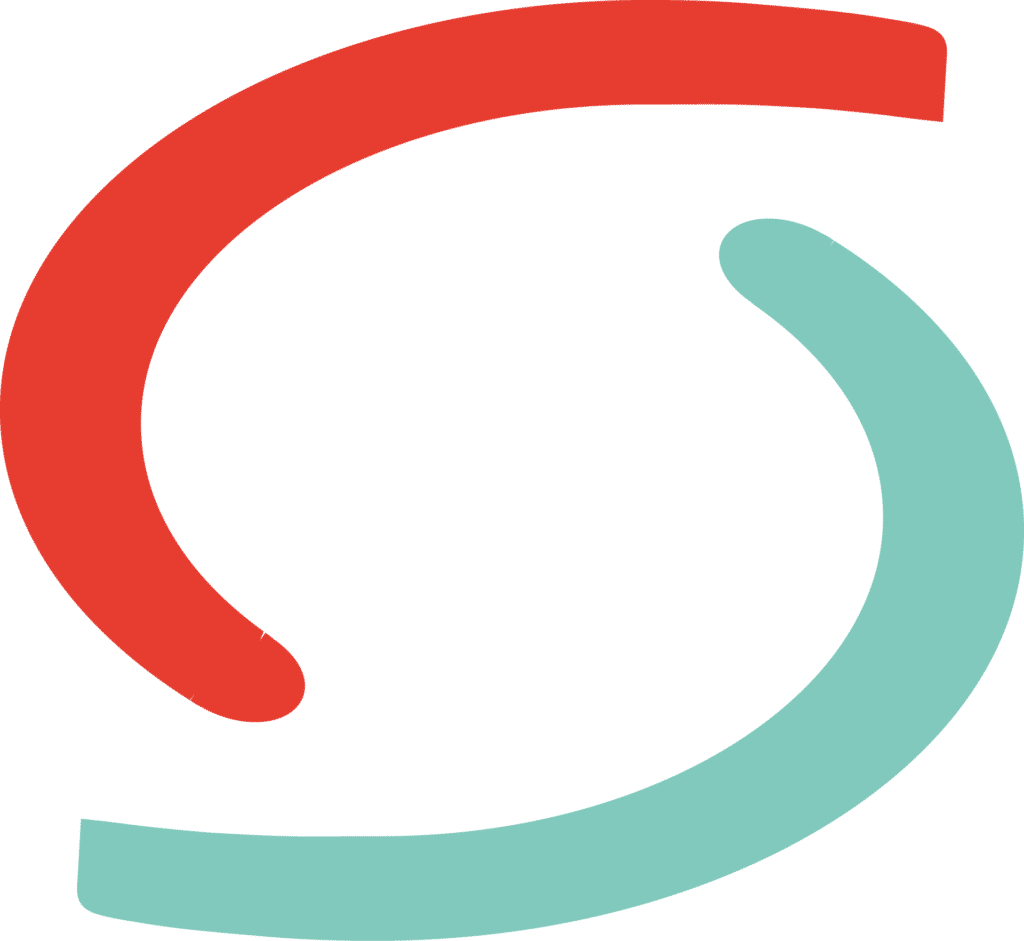Coming off the heels of our three-headed discussion of requirements analysis, we’re going to branch out into some more project management-focused discussion. Namely, we’re going to talk about the Project Management Institute’s Project Management Body of Knowledge Guide, or PMBOK.
But wait, isn’t PMBOK really just another side of the Waterfall coin? Not exactly. While many closely associate the two, and not unfoundedly, they are not the same thing.
The PMBOK guide is essentially a manual of best practices for project management. The guide details 42 processes that fall into five groups: Initiating, Planning, Executing, Monitoring and Controlling, and Closing.
Additionally, the processes also fall into nine “knowledge areas”. Each of these areas are listed with the title “Project __________ Management” (ex. Project Cost Management): The nine project management areas are: Integration, Scope, Time, Cost, Quality, Human Resources, Communications, Risk, and Procurement.
Where PMBOK is a categorized manual of best practices specifically for project management, Waterfall is a methodology for design/development (for our purposes, a software development process). Waterfall gives a basic roadmap for development, where as PMBOK gives a repository of techniques to manage that development process better.
Of course, this means PMBOK practices are not unrelated to Waterfall, as the guide covers many essential aspects of being an effective project manager in a Waterfall environment. Many do suggest PMBOK lends itself to the Waterfall methodology, but they are not inextricably tied together. More to the point, PMBOK practices are not exclusively useful to Waterfall practitioners.

